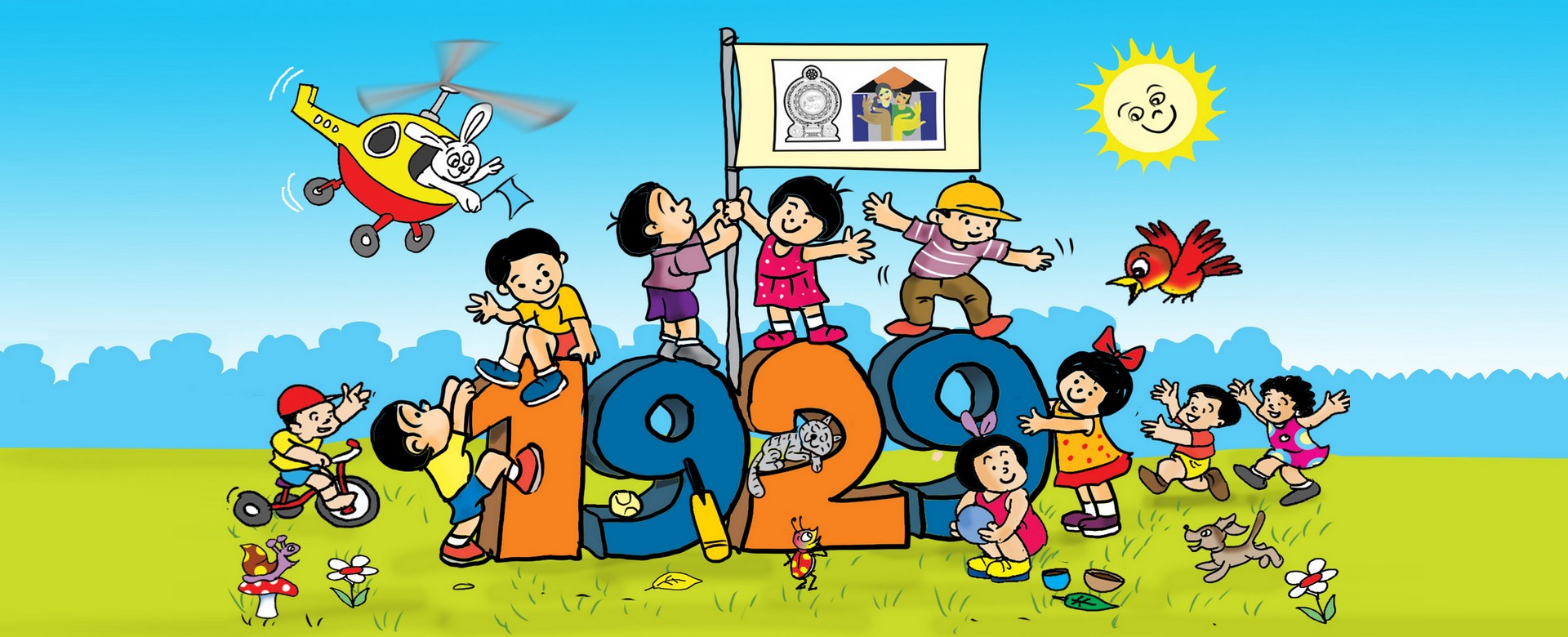Child Trafficking, according to the United Nations, involves two main elements:
- The act: Recruitment, transportation, transfer, harbouring, or receipt of persons.
- The purpose: For the purpose of exploitation, which includes exploiting the prostitution of others, sexual exploitation, forced labour, slavery or similar practices and the removal of organs.
What is child trafficking?
Child victims of trafficking are recruited, transported, transferred, harboured or received for the purpose of exploitation. They may be forced to work in construction sites or in houses as domestic servants; on the streets as child beggars, on farms, in traveling sales crews or in restaurants and hotels. Some are forced to work in brothels or for escort and massage services.
- Types of child trafficking
ACT PURPOSE • Transportation.
• Transfer.
• Harboring.
• Receipt of persons.
Exploitation ,Including but not limited to:
➜ Exploitation of the prostitution of other forms of sexual exploitation.
➜ Forced labour or services.
➜ Slavery or practices similar to slavery.
➜ Servitude.
➜ Removal of organs.
Myth Vs Fact
MYTH: Traffickers target victims they don’t know.
FACT: A majority of the time, victims are trafficked by someone they know, such as a friend, family member or romantic partner.
MYTH: Only girls and women are victims of human trafficking.
FACT: Boys and men are just as likely to be victims of human trafficking as girls and women. However, they are less likely to be identified and reported. Girls and boys are often subject to different types of trafficking, for instance, girls may be trafficked for forced marriage and sexual exploitation, while boys may be trafficked for forced labour.
MYTH: Children being trafficked are physically unable to leave or held against their will.
FACT: Trafficking can involve force, but people can also be trafficked through threats, coercion, or deception. Children in trafficking situations can be controlled through drug addiction, violent relationships, manipulation, lack of financial independence, or isolation from family or friends, in addition to physical restraint or harm.
- Types of child traffickin
- Commercial exploitation
- Sex trafficking/prostitution
- Forced Labor services/Slavery
- Key signs to look out for: victim
- If you notice a child suspected to be a victim of child trafficking, here are some of the signs: The child may show social and emotional signs, that include being anxious, depressed, paranoid, appear to have lost sense of time, show signs of substance or alcohol abuse, and have limited or no contact with a parent or guardian.
- The child may show physical signs of poor hygiene, malnourishment, fatigue, physical and/or sexual abuse, have injuries/bruises in various stages of healing, and look younger than they say they are.
- Laws - international and local
- Article 3 (a) - United Nations Protocol toPrevent, Suppress and Punish Trafficking in Persons (Palermo Protocol)
Purpose:(a) To prevent and combat trafficking in persons, paying particular attention to women and children;
(b) To protect and assist the victims of such trafficking, with full respect for their human rights; and
(c) To promote cooperation among States Parties in order to meet those objectives.
- Section 360C (1) (c) -The Penal Code of Sri Lanka, that states you can be imprisoned up to 20 years if found guilty.
NOTE: *Child = person below the age of 18 years.
- Article 3 (a) - United Nations Protocol toPrevent, Suppress and Punish Trafficking in Persons (Palermo Protocol)
- 5. What to do if you suspect a child is a victim of child trafficking
If you suspect a child is a victim of child trafficking, first, KNOW THE SIGNS, then,
SPOT IT. REPORT IT. STOP IT!
Call 109 or 1929 to report child trafficking.
What is the Forum on Child Protection in the Travel and Tourism Industry?
The Forum is a diverse and representative membership comprising government agencies, law enforcement, travel and tourism industry representatives, non-governmental organizations (NGOs), international organizations, community-based organizations (CSOs), the private sector, child and youth representatives, and relevant experts.
Forum members as of 1 July 2024:
- Department of Immigration and Emigration (DIE)
- Department of Labour (DOL)
- Sri Lanka Police – Tourist Division, Internet Crimes Investigation and Cyber Surveillance Unit, and Child and Women’s Bureaus
- The Ceylon Chamber of Commerce
- Federation of Information Technology Industry Sri Lanka (FITIS)
- Sustainable Sri Lanka
- The Center for Child Rights and Business (CCRB)
- Walkers Tours (FITIS)
- AMCOR
- Center for Children’s Happiness (CCH) Sri Lanka
- ECPAT
- Equite Sri Lanka
- Family Planning Association (FPA)
- Organization of Environment and Children Rights Preservation (OECRP)
- SAFE Foundation
- International Labour Organisation (ILO)
- International Organisation for Migration (IOM)
- Save the Children International
- UNICEF
- Faculty of Humanities and Sciences, Sri Lanka Institute of Information Technology (SLIIT)





